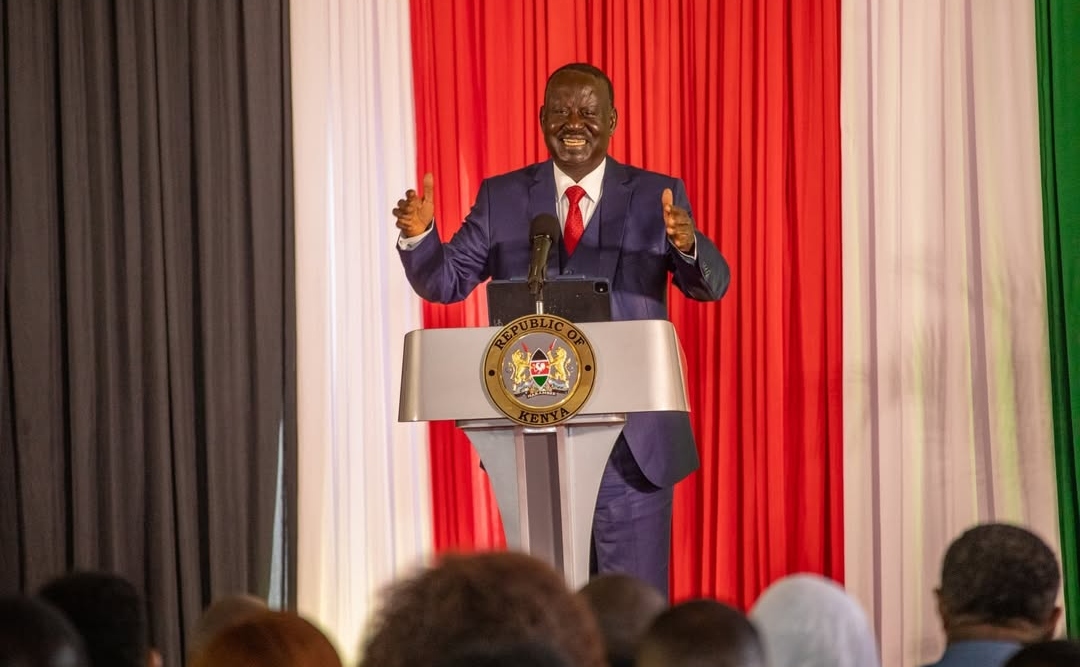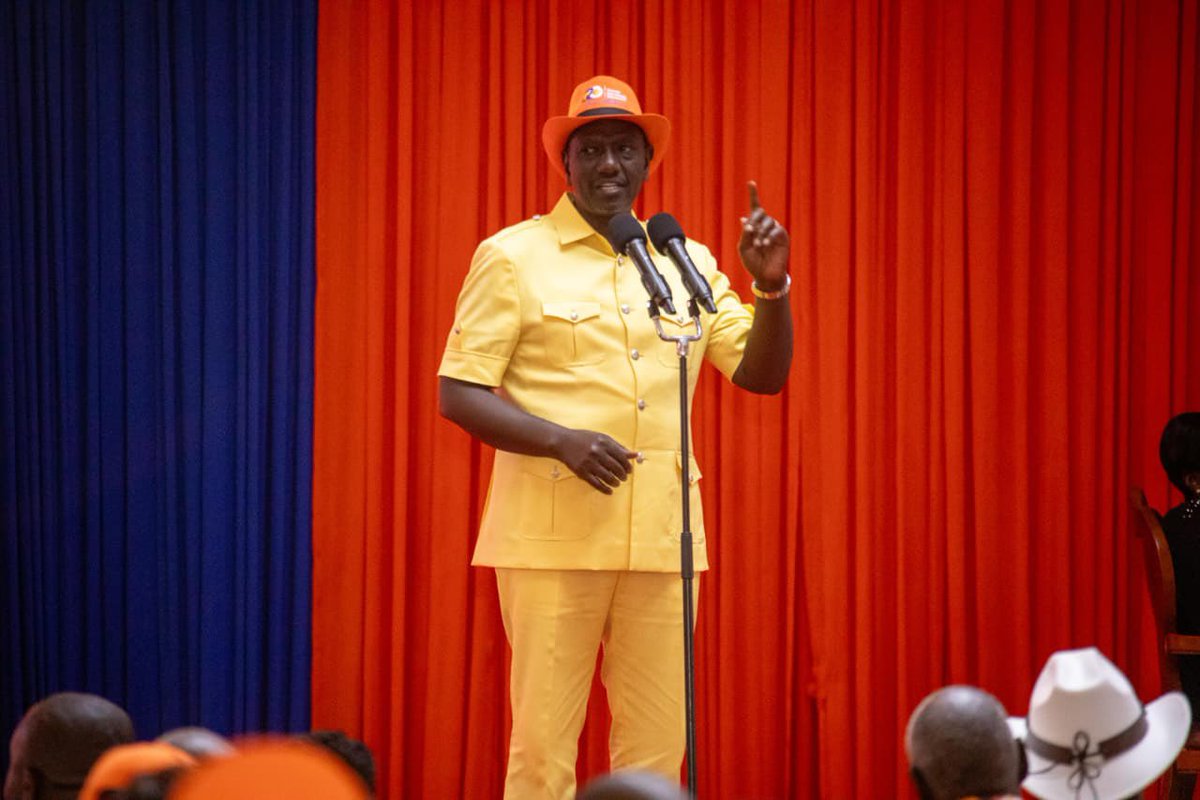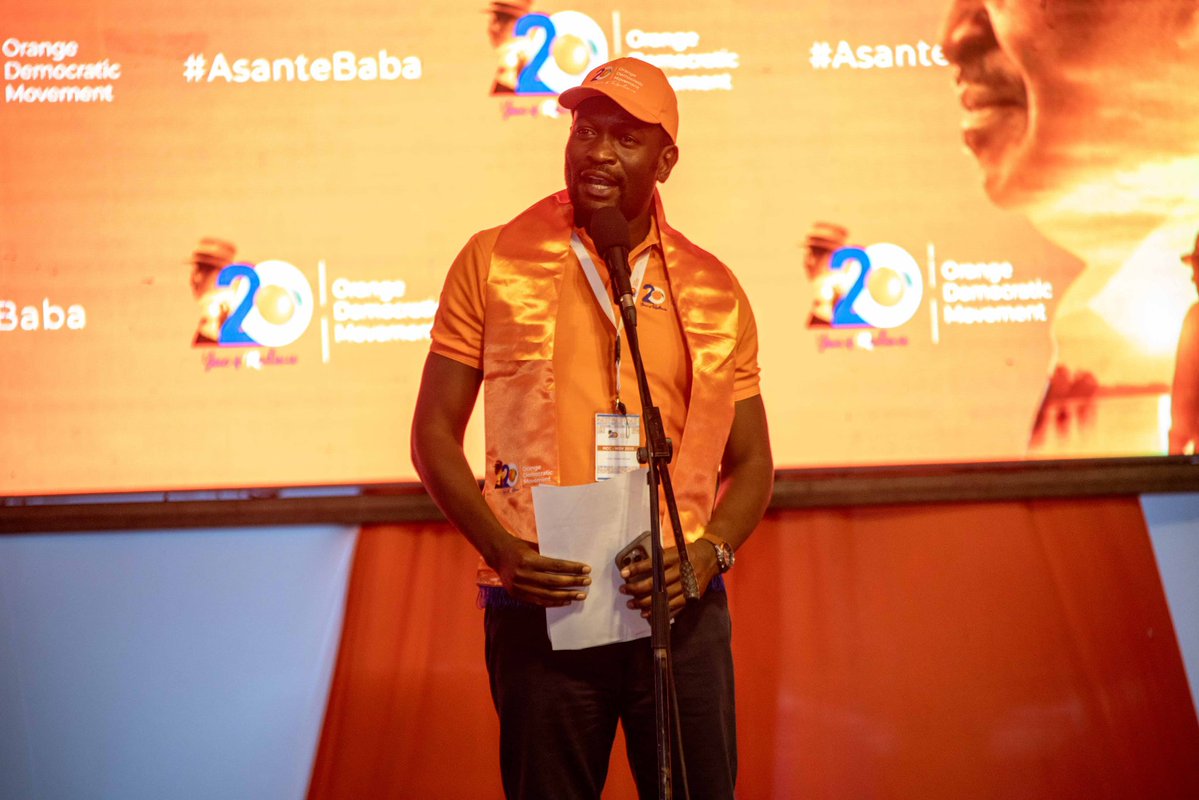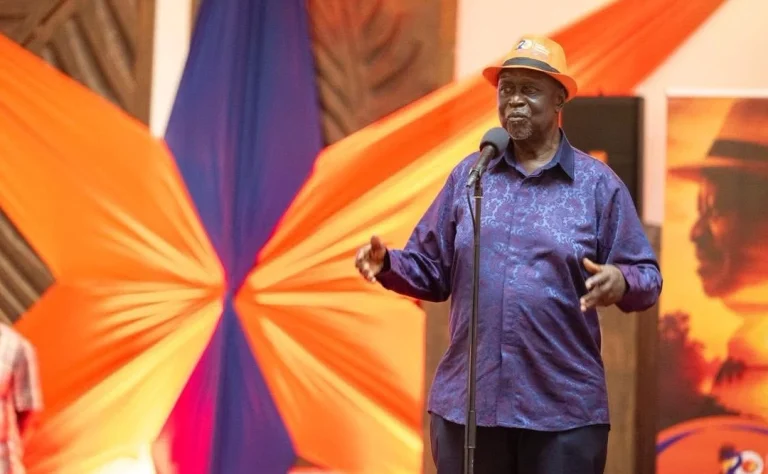The Orange Democratic Movement (ODM) traces its beginnings to the 2005 constitutional referendum, when leaders opposing the proposed draft constitution rallied under the orange symbol.
The coalition formed around the “No” campaign quickly developed into a nationwide political force.
The momentum from the referendum laid the groundwork for the formal establishment of ODM as a political party.
Formation and the Rise of the ‘Pentagon’
In its early years, ODM brought together a team of influential national leaders who later came to be known as the “Pentagon.” The group included Raila Odinga, William Ruto, Musalia Mudavadi, Najib Balala and Joe Nyagah.
Their collective influence gave ODM a strong presence ahead of the 2007 general election.

The disputed election results led to a national crisis and a subsequent power-sharing agreement, which resulted in Raila Odinga becoming Prime Minister.
Role in Reforms and Coalition Politics
ODM remained a central player in pushing for key reforms, particularly during the period leading up to the 2010 Constitution.
The party supported efforts that led to the introduction of devolved government and new governance structures.

Over the years, ODM continued forming alliances, including CORD, NASA and later Azimio la Umoja.
These coalitions positioned the party as a major force in opposition politics and national debates.
The Raila Odinga Legacy
Across its two decades, Raila Odinga emerged as the defining figure of ODM.
His leadership shaped the party’s identity and helped build a national support base.
His advocacy for democratic reforms, governance changes and citizen rights became intertwined with the party’s image.
For many supporters, ODM grew to be closely associated with his political journey and influence.
Leaders acknowledged the need to navigate succession, reorganise structures and maintain cohesion without the figure who long anchored the party.
ODM at a Crossroads
The party now faces heightened debate regarding its next phase.
Discussions around leadership, direction and strategy continue among senior figures, emerging politicians and grassroots members.
As ODM reflects on its history, the question of how it redefines itself remains central to its future path.
Uncertainty After Raila’s Death Raila’s death in October 2025 placed ODM at a critical turning point.
The party had recently marked its 20th anniversary, an event that highlighted unity but also revealed internal questions about the future.
The core ideological conflict centers on the party’s relationship with the ruling Kenya Kwanza administration, a divergence that has split members into distinct camps.
One faction, led by figures like National Chairperson Gladys Wanga and new Party Leader Dr. Oburu Oginga, advocates for maintaining the “broad-based government” arrangement, with some even hinting at backing President William Ruto’s 2027 re-election bid, arguing that the party was founded to pursue power, often through coalition-building, and should avoid a return to the opposition.

This ideological tug-of-war, recently amplified during the party’s 20th-anniversary celebrations, highlights the profound challenge of defining ODM’s identity and political future in the post-Odinga era.
Conversely, a vocal and influential group, championed by Secretary-General Edwin Sifuna and Siaya Governor James Orengo, insists on a return to the party’s traditional role as a strong opposition and upholder of its core social democratic values.
BY eugene okumu


